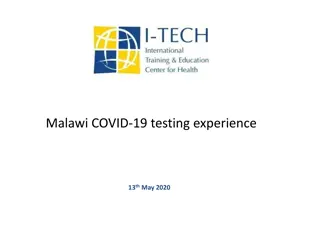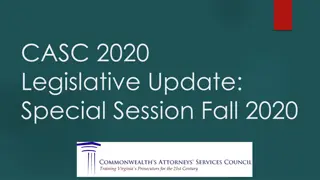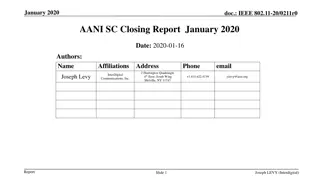
Mastering Paraphrasing: Essential Skills and Techniques
Enhance your academic writing by mastering the art of paraphrasing, a crucial skill that involves expressing ideas in your own words for greater clarity and understanding. Learn useful strategies, including reading text carefully, summarizing verbally, and avoiding plagiarism pitfalls.
Download Presentation

Please find below an Image/Link to download the presentation.
The content on the website is provided AS IS for your information and personal use only. It may not be sold, licensed, or shared on other websites without obtaining consent from the author. If you encounter any issues during the download, it is possible that the publisher has removed the file from their server.
You are allowed to download the files provided on this website for personal or commercial use, subject to the condition that they are used lawfully. All files are the property of their respective owners.
The content on the website is provided AS IS for your information and personal use only. It may not be sold, licensed, or shared on other websites without obtaining consent from the author.
E N D
Presentation Transcript
English Language Assistant Prof. Dr. Ahmed A. Mohammed Ph.D. Immunoparasitology University of Salford International-Manchester, UK
What are prepositions? They are a class of words used to express spatial or temporal relations (in, under, towards, before) or mark various semantic roles (of, for). They typically combines with a noun or pronoun, or more generally a noun phrase. Exercise 1. This master s degree consists .. six modules. 2. There are many scholarships available .. overseas students. 3. Education in most countries is funded mainly the state. 4. The internet is a good source .. information. 5. If you wish to apply .. a university, you should prepare your application carefully.
What is paraphrasing? It is expressing the meaning of something written or spoken using different words, especially to achieve greater clarity. Presenting the ideas and information you have read in your own words is an important academic skill. By translating content from your research into your own words, you demonstrate to your reader that you've understood and are able to convey this content. How do I paraphrase? There are useful strategies to develop your paraphrasing skills. The most important feature, however, is to make sure you understand the text fully before you attempt to paraphrase it.
How do I paraphrase? 1. Read the text you want to paraphrase carefully before you attempt to paraphrase it. 2. Look up in your dictionary any words you do not understand. 3. Re-read the text quickly - skim it if you feel confident. In particular, pay attention to first sentences in paragraphs (these are often the topic sentences) and key words. 4. Cover the text and verbally summarise it, from memory only. It is not necessary to use complex academic language - use your own words.
5. Write down your verbal summary. 6. Check the original text again to make sure you have included the main points. Add quote marks if you have used any key phrases or unique terms which cannot be paraphrased. 7. Record all source and author details for future reference. What is the purpose of paraphrasing? It is to putting a text or ideas into your own words in a formal term. To summarize or simplify the author's ideas, making them easier to understand and more approachable.
Paraphrasing is a highly acceptable way to include the ideas of other people in your writing. It is very important, however, to paraphrase correctly because there is a fine balance between acceptable paraphrasing and unacceptable paraphrasing (plagiarism). What is plagiarism? It is the process of taking other people's words and/or ideas and pretending that they are your own. How to avoid plagiarism? 1. Paraphrase: you have found information that is perfect for your research paper. Read it and put it into your own words.
2. Make sure that you do not copy more than two words in a row from the text you have found. If you do use more than two words together, you will have to use quotation marks. 3. Cite: Citing is one of the effective ways to avoid plagiarism. Follow the document formatting guidelines (i.e. APA, MLA, Chicago, Harvard, etc.) used by your educational institution or the institution that issued the research request. Citing is really that simple. Not citing properly can constitute plagiarism. 4. Quoting: When quoting a source, use the quote exactly the way it appears. No one wants to be misquoted. Quoting must be done correctly to avoid plagiarism. 5. Citing Quotes: Citing a quote can be different than citing paraphrased material.
6. Citing Your Own Material: If some of the material you are using for your research paper was used by you in your current class, a previous one, or anywhere else you must cite yourself. Treat the text the same as you would if someone else wrote it. Using material you have used before is called self-plagiarism, and it is not acceptable. 7. Referencing: One of the most important ways to avoid plagiarism is including a reference page or page of works cited at the end of your research paper. Again, this page must meet the document formatting guidelines used by your educational institution. This information is very specific and includes the author(s), date of publication, title and source. Follow the directions for this page carefully. You will want to get the references right.



















